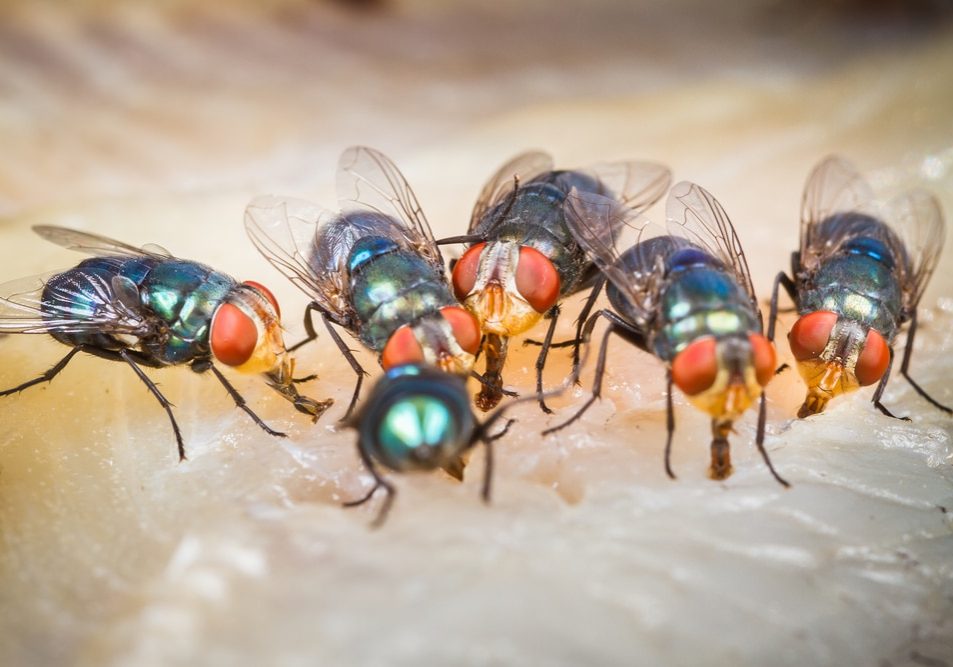In the bustling world of restaurants, where food safety and customer satisfaction reign supreme, one element often flies under the radar: pest control. Pests can pose a significant threat to food safety, leading to potential health risks, financial losses, and damage to a restaurant's reputation. This blog post will explore the relationship between pests and food safety, emphasize the importance of regular inspections, and provide practical steps that restaurant owners can take to protect both their customers and their business.
Understanding Common Pests in Restaurants
As a restaurant owner or manager, it's essential to recognize the types of pests that commonly invade food establishments. Awareness of these pests and their habits is crucial for effective pest prevention and management.
Types of Pests Found in Restaurants

Why These Pests Are Attracted to Restaurants
Restaurants provide an inviting environment for pests due to certain factors:
Potential Risks of Pest Infestations
Allowing pests to thrive in food service settings is not just unappealing; it can lead to severe consequences, including:
Importance of Regular Inspections
Regular inspections are vital in managing pest control and ensuring food safety. They highlight the health of a restaurant and help identify potential problems before they escalate.
- Recommended Inspection Schedules: Depending on local regulations and the type of establishment, inspections should occur monthly, quarterly, or bi-annually.
- Compliance with Local Health Regulations: Regular inspections help restaurants meet health regulations, avoiding fines or closures.

Implementing an Effective Pest Management Plan
Creating a robust pest management strategy is key to ensuring that your restaurant remains pest-free and compliant with health standards.
Building a Culture of Food Safety
- Training Staff on Pest Awareness: All employees should be educated on recognizing signs of pests and how to report them promptly.
- Encouraging a Proactive Approach to Sanitation: Foster a work environment where everyone participates in maintaining cleanliness and sanitation in the kitchen.
Collaborating with Pest Control Professionals
- Choosing a Reputable Pest Control Provider: Work with licensed professionals experienced in dealing with restaurant pest issues.
- Setting Up Regular Monitoring and Treatment Schedules: Implement a schedule for inspections and treatments by pest control professionals to ensure continuous monitoring.
Continuous Improvement
- Regularly Reviewing and Updating Pest Management Plans: As trends and pest threats change, revisit and adjust your plans accordingly.
- Staying Informed About Emerging Pests and Food Safety Trends: Keep updated on new developments in pest management and changes in food safety regulations.
At Emtec Pest Control, we are committed to safe and responsible pest control. We understand that your family’s safety is your number one priority, so we make it our priority, too.
If you have any other questions about any of these pests or pest control for your home or business, contact your Oklahoma pest control experts at Emtec Pest Control by calling us or by filling out our online contact form.
